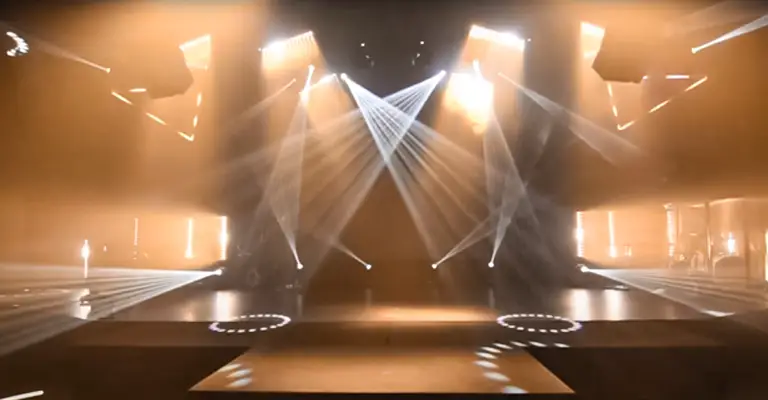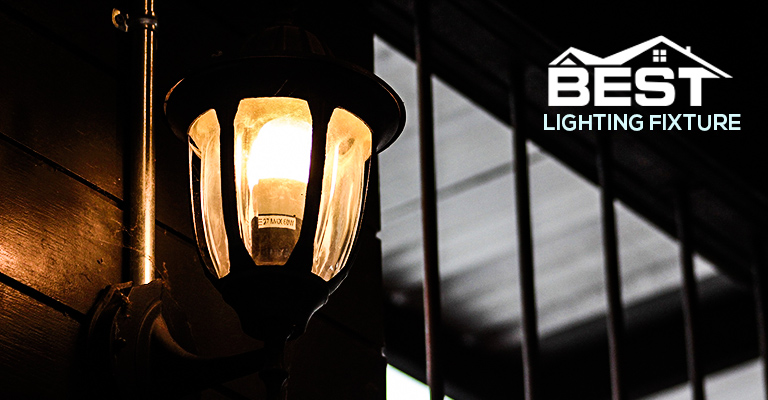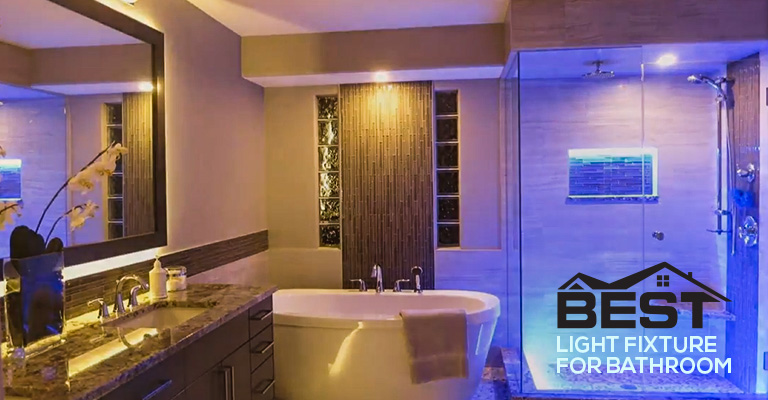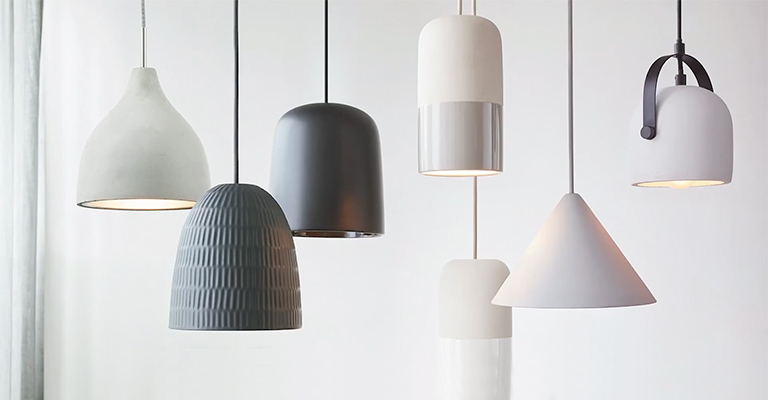What are the Two Basic Categories of Stage Lighting?
In any kind of stage performance, the lightings of a scene determine how immersive and indulging the scene would be to the audience. Because if a scene demands or tries to depict a realistic environment, the lighting of the scene should be logical. But some scenes don’t require such logical lighting systems.
We’ve dug deep into lighting designs and cinematography to find out two of the basic categories of stage lightings. These categories are common in many stage performances. This article will help you understand these categories in detail so that you can apply them to your next lighting project.
What are the Two Basic Categories of Stage Lighting?
Among many categories of stage lightings, two of the most basic categories are the motivated and the unmotivated lighting. These are made based on how logical and natural, the light sources are. We’ve talked about these two types of stage lightings in detail to give you a clear idea of what these two are and how they function.
Motivated Lighting
Lights in a motivated lighting system emerge from a realistic and logical light source. The lights imitate a natural source that is present in the scene. The goal is to show the audience that the scene is natural and not made up. So, making sure that the lights are coming from a logical light source is very important in a realistic scene.
Why is Motivated Lighting Good?
There is a clear motivation behind this lighting system. The lights are not whimsical or arbitrarily invented in the scene. The source is present and may be visible to the audience inside the scene. This makes the scene more inspiring and immersive.
For instance, a scene that takes place at night should not have any sunlight available. So, the rational mind looks for a candle, electrical light bulbs, chandelier, or other similar light sources. When the audience will find such motivated lighting, the scene will be livelier to them and thus, will increase the likelihood of their liking it.
Best Practices for Motivated Lighting Design
To create motivated lighting, it is important to consider the purpose of the light and choose the right light source and fixture. Task lighting should be bright and focused, while accent lighting should be soft and subtle.
It is also important to control the intensity and direction of the light, using dimmers and filters to create the desired mood. Using multiple light sources can also help create motivated lighting, as it allows for different types of lighting to be used in different areas of the space.
In conclusion, motivated lighting is a powerful tool in design, and careful consideration of lighting motivation can greatly enhance the atmosphere and functionality of a space.
Unmotivated Lighting
Lights don’t imitate any natural sources from a scene in unmotivated lighting. There is no rational explanation of the light sources used in an unmotivated lighting system. That means you will not be able to tell where the light is coming from in the scene, but it’s there. The lighting is there just for the plot of the scene.
Why is Unmotivated Lighting Good
Just because there is no natural light source, it doesn’t mean that the lighting will be bad and ineffective. The script and scene could demand lights which are not possible to depict logically but would be essential for the scene.
For example, we know that red is a widely accepted color for danger. So, for depicting a dangerous scene, the stage lights are often turned red. In situations like this one, the audience does not look for a rational light source because these scenes themselves are so intense, and the lighting only adds to the intensity of the scene.
Best Practices for Unmotivated Lighting Design
Adequate illumination:
Ensure that the space is well-lit and that there are no areas that are too dark or too bright. This can be achieved by using a combination of overhead lighting fixtures and wall-mounted fixtures.
Balance and uniformity:
It is important to create a balanced and uniform distribution of light throughout the space. This can be achieved by using a combination of direct and indirect lighting, as well as by considering the height, spacing, and location of light fixtures.
Energy efficiency:
Unmotivated lighting is often used for general illumination, so it is important to choose energy-efficient light sources and fixtures. LED lights and fluorescent lights are both good options for general illumination.
Color temperature:
The color temperature of the light source can greatly impact the mood and atmosphere of a space. For general illumination, a color temperature of 2700K to 3000K is recommended for a warm, inviting atmosphere, while a color temperature of 4000K to 5000K is recommended for a bright and energetic atmosphere.
Control options:
It is important to have control options for unmotivated lighting, such as dimmer switches or timers, to allow for adjustable lighting levels and energy efficiency.
In conclusion, by considering these best practices for unmotivated lighting design, you can create a well-lit space that is comfortable, inviting, and energy-efficient.

Key Differences Between Motivated and Unmotivated Lighting
The main difference between motivated and unmotivated lighting is their purpose. Motivated lighting is designed to serve a specific purpose, such as task lighting for reading or accent lighting to highlight a piece of artwork. On the other hand, unmotivated lighting is simply used to illuminate a space without serving any specific purpose.
Another difference between motivated and unmotivated lighting is the type of light source used. Motivated lighting often uses focused, directional light sources such as task lights or spotlights. Unmotivated lighting, on the other hand, often uses more diffuse light sources such as overhead lights or wall-mounted fixtures.
Importance of Considering Lighting Motivation in Design
Lighting motivation is important in design because it affects the mood and atmosphere of a space. Motivated lighting can enhance the functionality and aesthetic of a space, while unmotivated lighting can create a dull and uninviting atmosphere.
Additionally, motivated lighting can help improve the health and well-being of those who use the space. For example, task lighting can reduce eye strain and improve productivity, while accent lighting can create a calming and relaxing atmosphere.
Frequently Asked Questions
Q: Is there any way to make unmotivated lighting logical?
Ans: No, there isn’t. The concept of unmotivated lighting is that the light emerges from no light source, which is illogical. But, not every scene needs logical lightings. Unmotivated lightings are good as long as it goes well with the plot.
Q: Whose decision is it to use motivated or unmotivated lighting?
Ans: It is the decision of the director or the scriptwriter. Lighting designers can design both motivated and unmotivated lightings but the director or the scriptwriter knows what is required for a specific scene. So, it’s their call.
Conclusion
The two fundamental categories of stage lighting, namely, conventional and intelligent or automated, each play pivotal roles in illuminating performances. Conventional lighting equipment, such as the ellipsoidal reflector spotlight and cyc lights, employ tungsten halogen lamps to cast well-defined beam angles, effectively spotlighting performers and sections of the entire stage. Stage lighting fixtures, including strip lights and house lights, are pivotal in setting the atmosphere, adding color and depth to scenes, and ensuring that performers are visible to the audience. These fixtures often utilize multiple lamps arranged in a line to create broad, even fields of light, with colored lights being utilized to evoke various moods and themes.
On the other hand, intelligent stage lighting techniques introduce flexibility and creativity in stage lighting design. Moving head lights, including conventional moving head lights, provide dynamic illumination, with the ability to alter light direction, color, gobo, and intensity in real-time. As the name suggests, these lights can move, changing their focus as the performance requires. This versatility allows them to create a myriad of effects, spotlighting individual performers, or illuminating the entire stage, depending on the artistic direction of the performance.
Lastly, it’s essential to remember that good stage lighting design isn’t solely about the type of light fixture used but how these tools are employed. Whether one uses a simple house light or a sophisticated moving head light, the secret lies in understanding the properties of these lights and how they can be harnessed to tell a story. From the warm glow of tungsten halogen lamps to the dynamic radiance of moving head lights, stage lighting equipment can transform a space, draw focus, set a mood, and ultimately, captivate the audience. As technology evolves, so too does the realm of stage lighting, continually pushing the boundaries of what is possible in live performance.
Lightings are a crucial part of a stage performance as light plays important functions on stage. But the type of lighting that will be used depends on the scene. It is not fair to say that anyone of the motivated or unmotivated lighting is the best because both lighting systems are used for different purposes. For a scene that is heavily detailed and which can shift the audiences’ focus to the lighting sources, motivated lighting is the best option to choose from. And for those which do not require any explanation behind the light source, the unmotivated lighting is the way to go.






